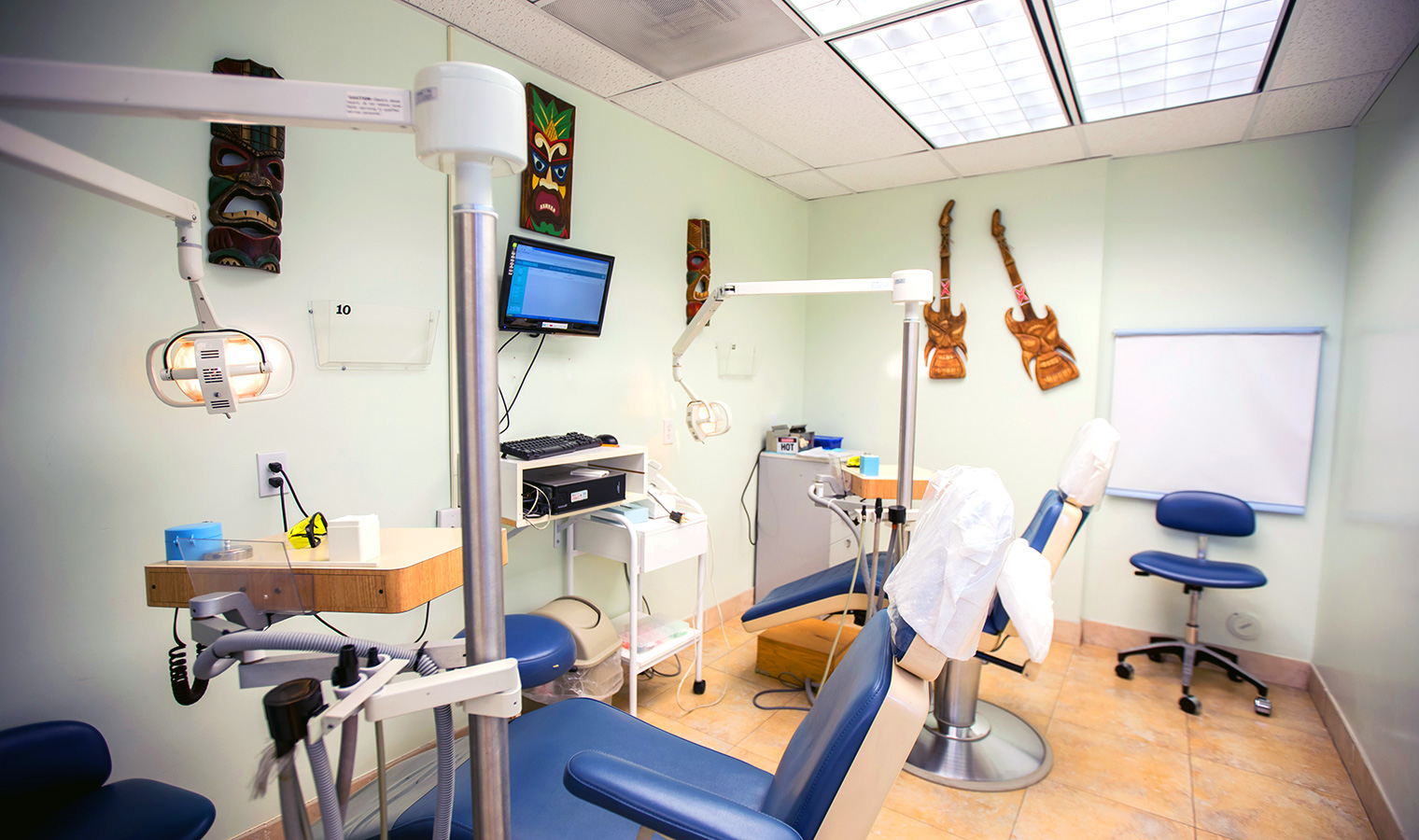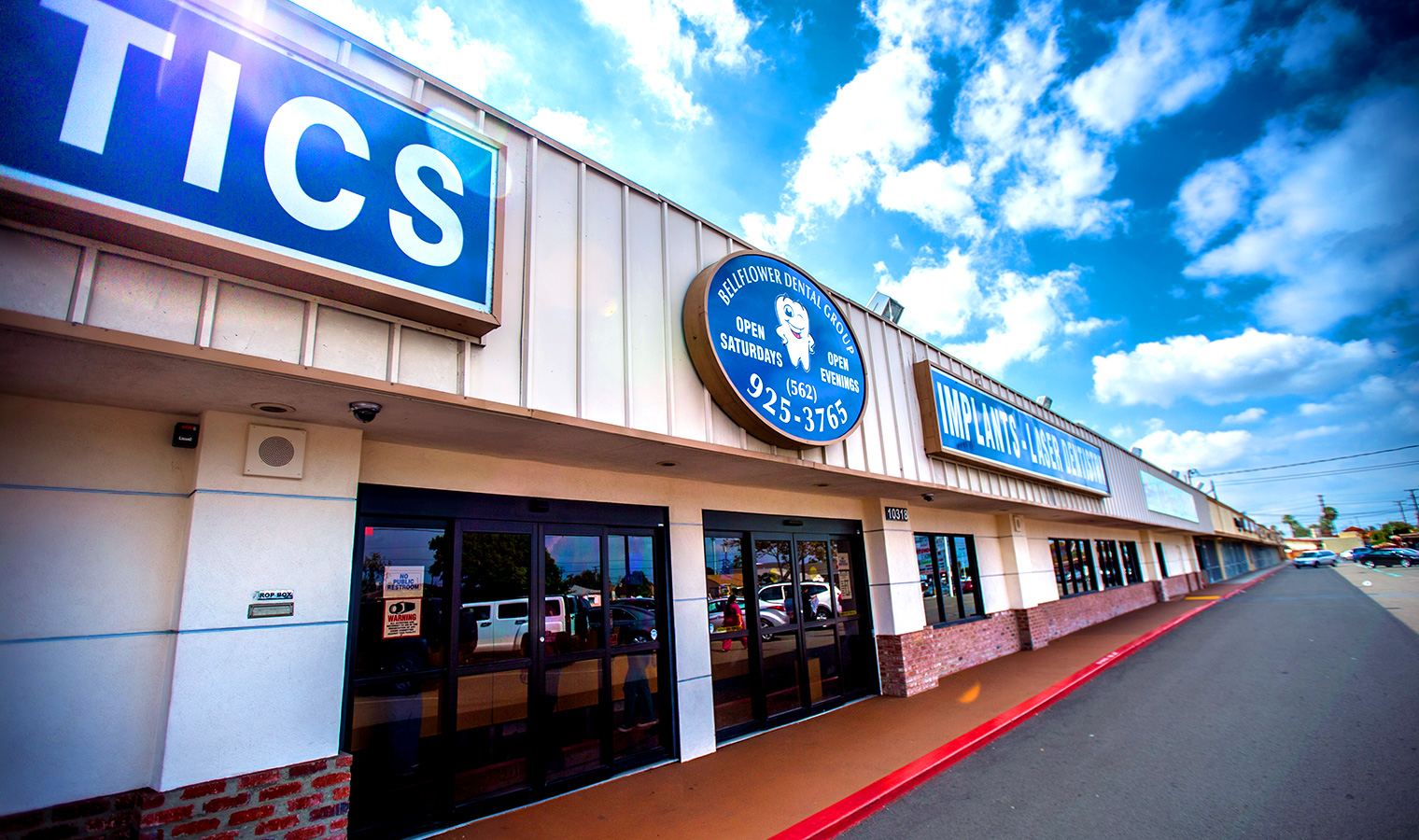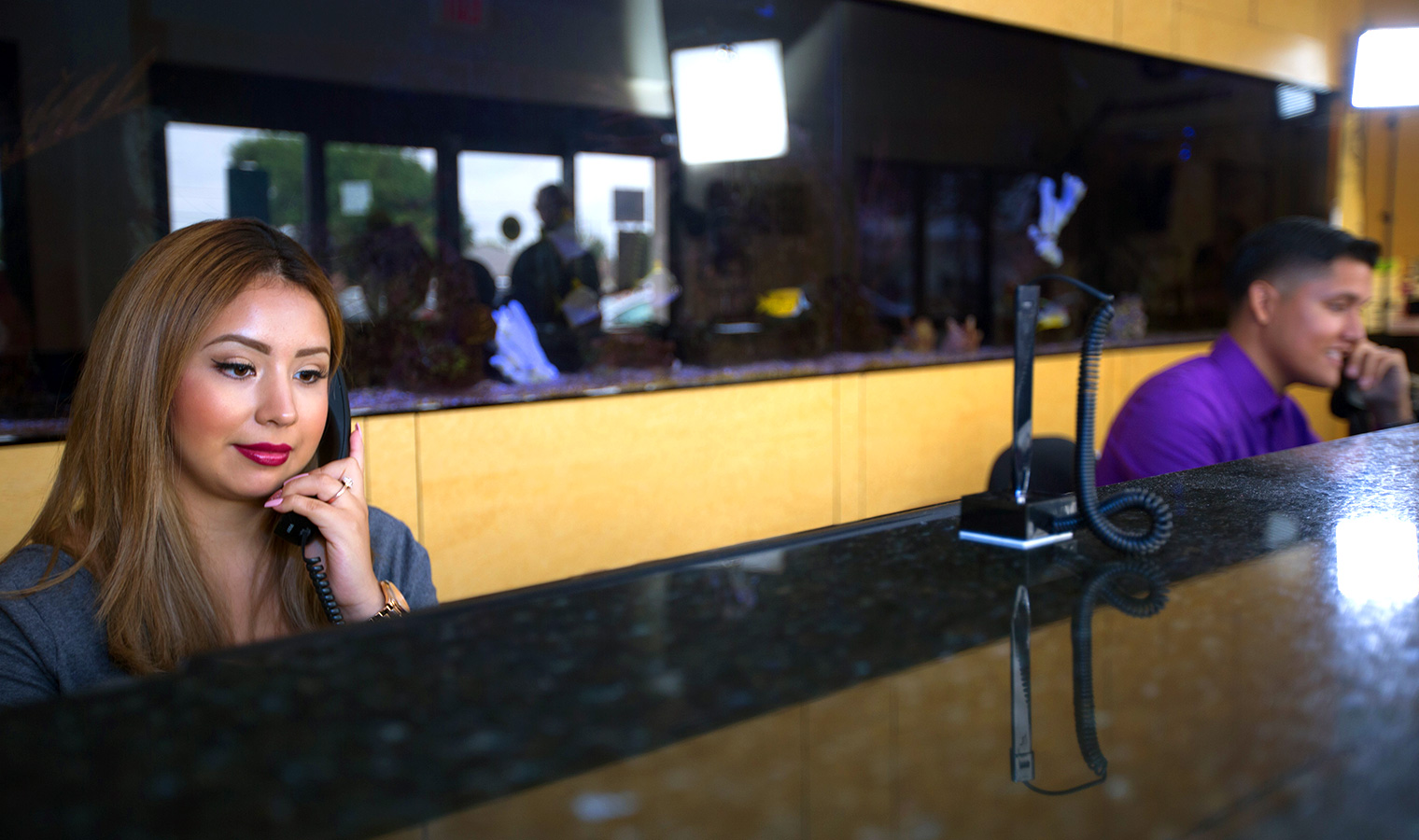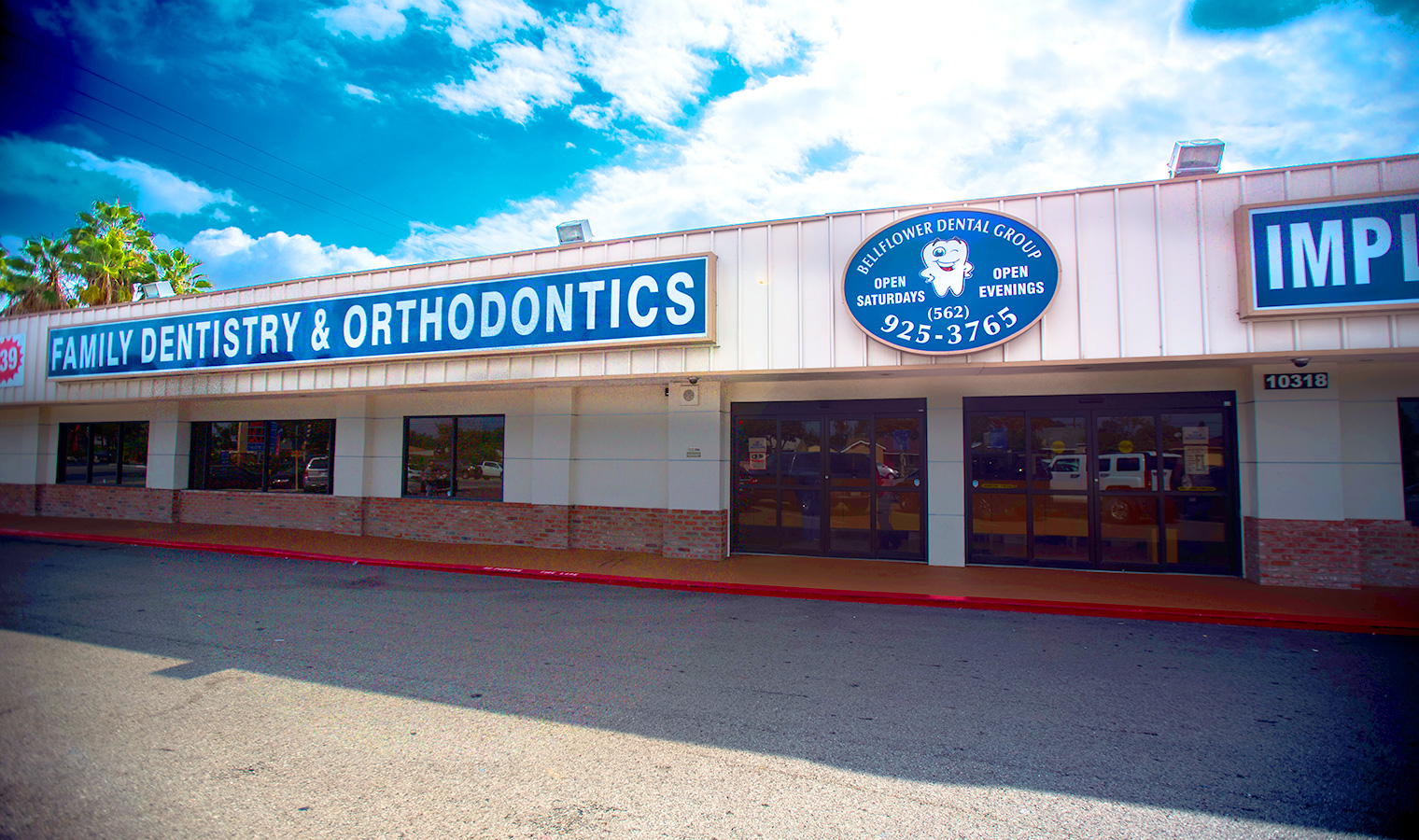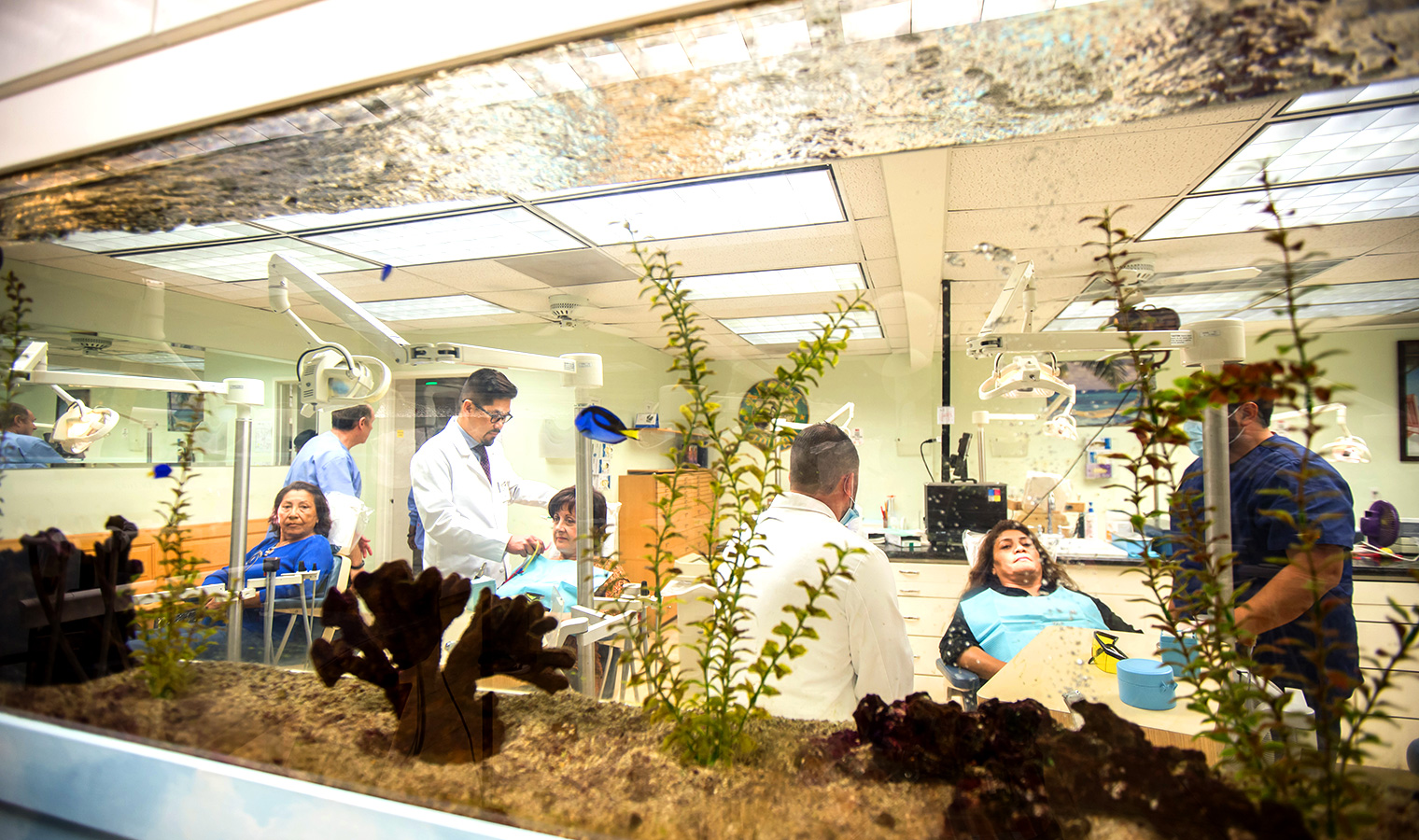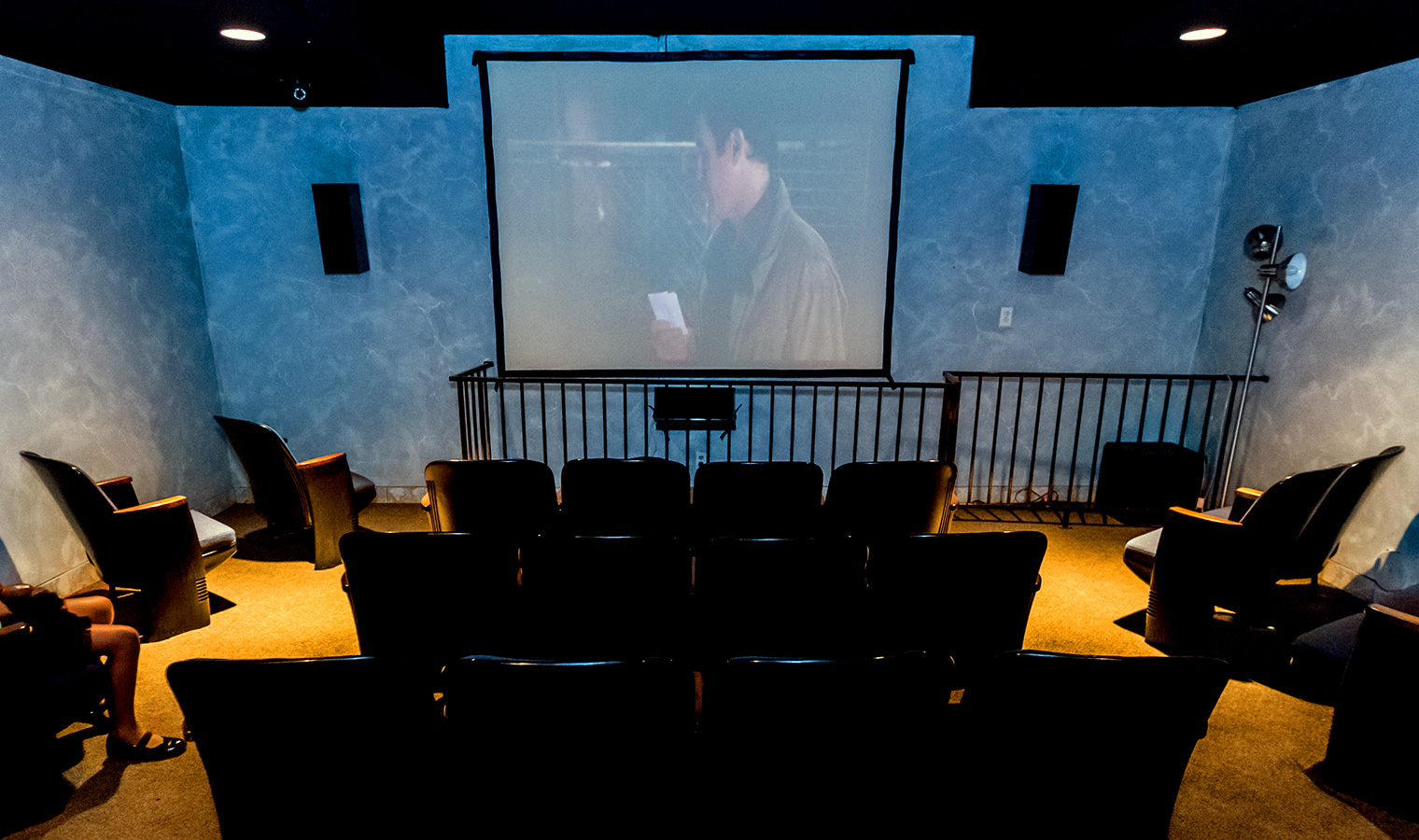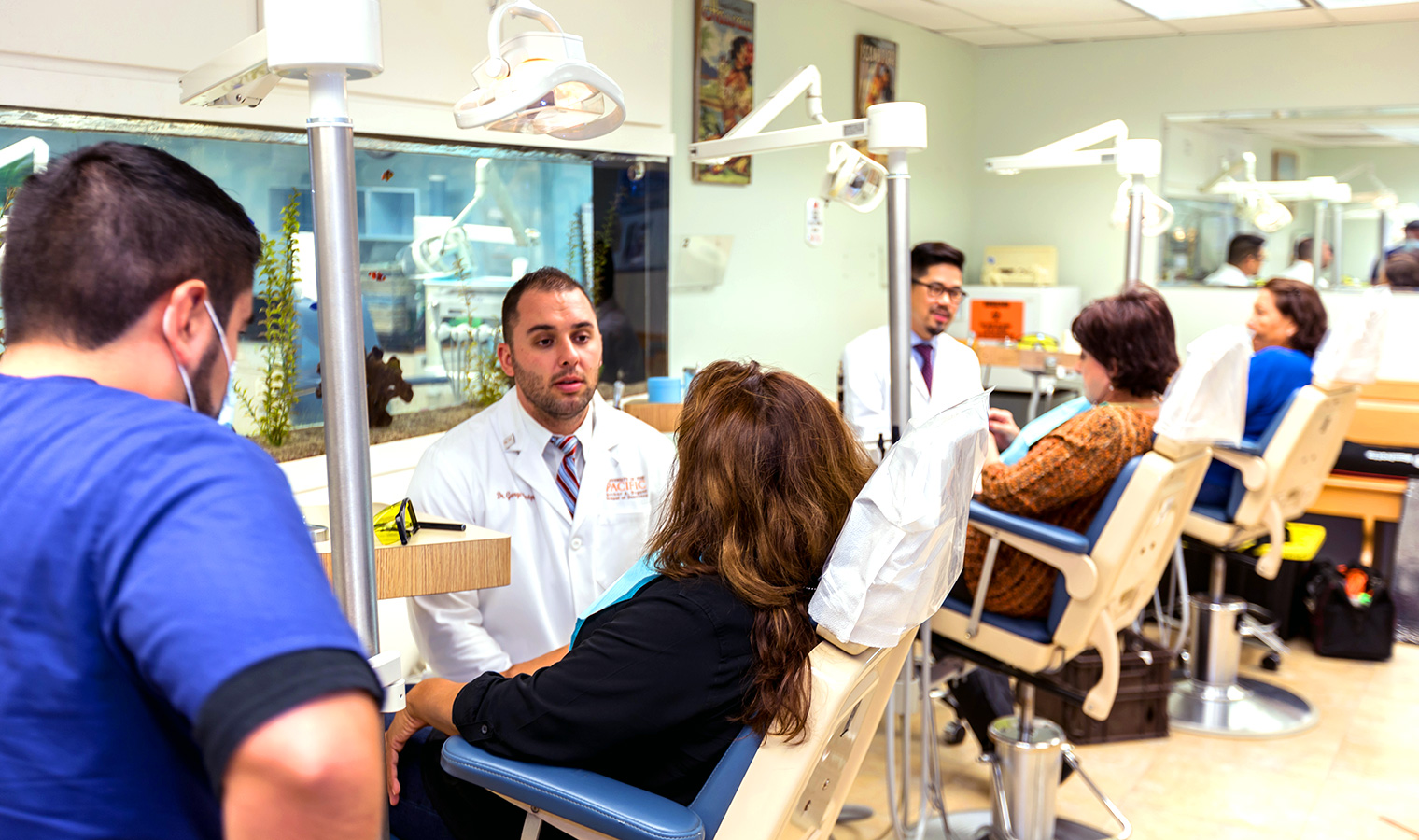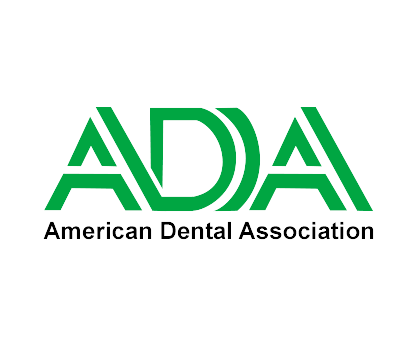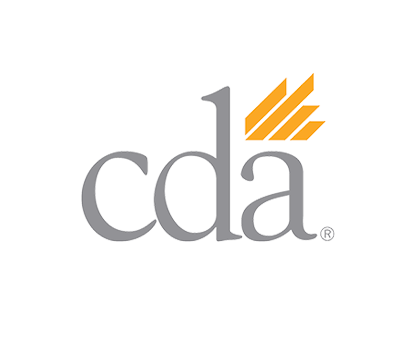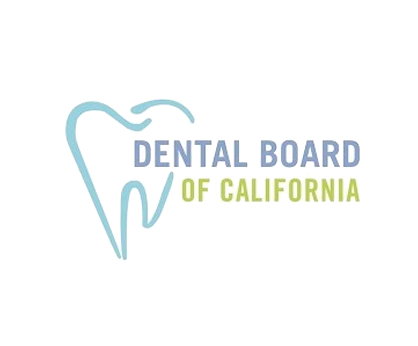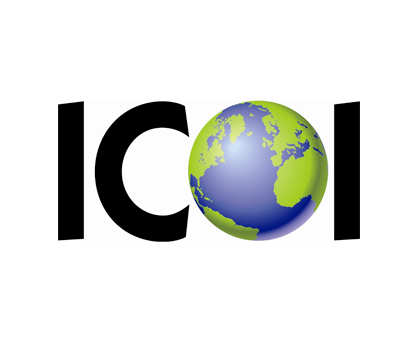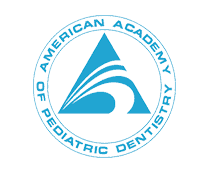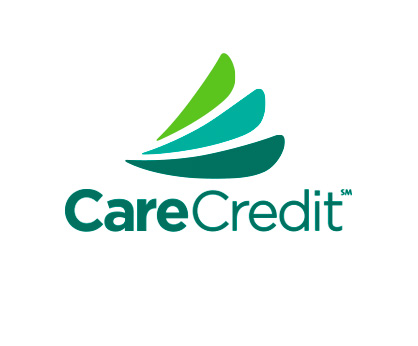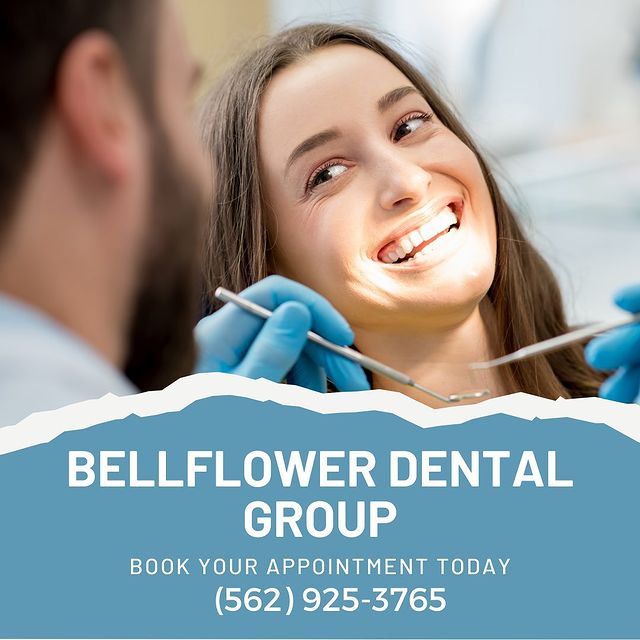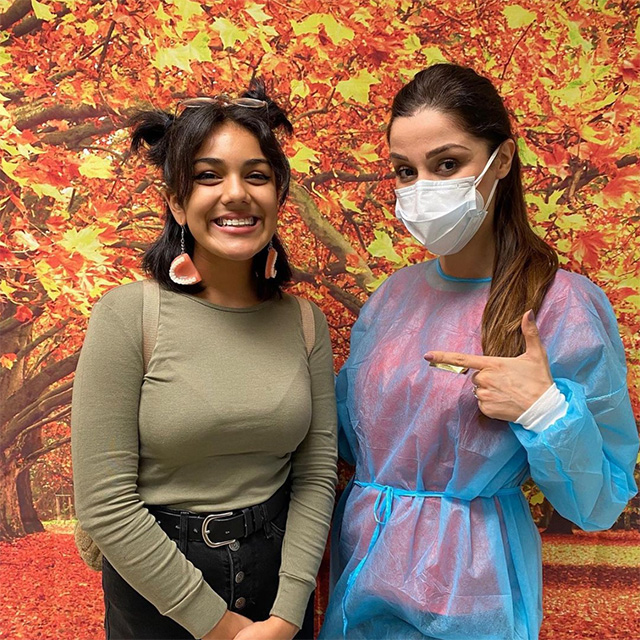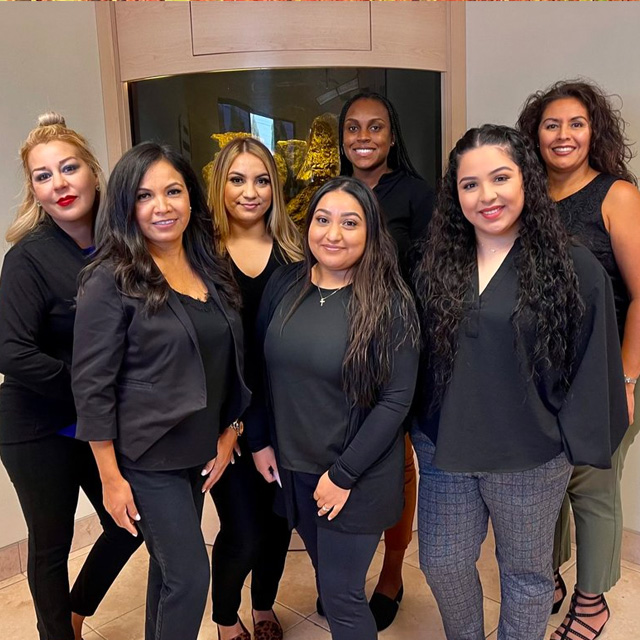Esthetics have gained popularity in recent times. Increased social interactions made people conscious of beauty. These raised beauty standards made people incline towards cosmetic dentistry. Cosmetic dentistry is generally used to refer to any dental work that improves the appearance (though not necessarily the functionality) of teeth, gums, or bite. It primarily focuses on improving dental aesthetics in color, position, shape, size, alignment, and overall smile appearance.
Mainly dentists of two specializations deal with esthetics, orthodontics and prosthodontics. Orthodontists deal with teeth alignment, whereas prosthodontists deal with the beautification of existing teeth and fabrication of complete dentures, placements of implants, veneers, and crowns. Let’s get into the most common procedures involved in cosmetic dentistry that patients often request.
Teeth Whitening
Staining of teeth due to extrinsic (exterior) or intrinsic (interior) stains brings the patient to the dental office. Mild extrinsic stains can be removed by oral prophylaxis, maintaining proper oral hygiene like using mouthwash regularly and using teeth whitening toothpaste that contains a small amount of hydrogen peroxide for a specified amount of time. If intrinsic stains range from moderate to severe, bleaching is an option. Teeth whitening by bleaching can be done in-office or at home.
In-Office Teeth Whitening: This uses a higher concentration of peroxide chemical that enables teeth whitening to be achieved quickly. The number of sittings depends upon the intensity of stains, and each sitting should not be more than 30 min.
At-Home Whitening: These are usually tray-based teeth whitening systems that use carbamide peroxide gel and custom trays made for the patient. The patient is asked to wear the tray and the gel for 2-4 hrs or overnight. After 15-30 days, the teeth appear to be 1 or 2 shade lighter.
The main drawback of using these peroxide bleach agents is dental sensitivity. Consult your dentist before proceeding with the treatment and required measures to be taken.
Teeth Alignment
A well-aligned dentition not only improves oral health but also boosts self-confidence. This immensely influences your public relations and confidence to meet people. A smile and teeth are the first features people notice when you walk into a room and are essential to communication and developing relationships. Different methods to align the teeth are orthodontic teeth alignment or camouflaging minor teeth defects using veneers and bonding.
Orthodontics: It involves applying pressure on teeth and causing movement in them in the required direction to achieve proper alignment of teeth. The most commonly considered appliances for orthodontics are traditional braces or clear aligners.
Traditional Braces: In conventional braces, brackets are bonded to individual teeth, and all the brackets are bound together by a wire which controls the movement of teeth. This wire is secured to braces utilizing elastics. They are present in the mouth 24/7, and the patient should visit the orthodontist every 4 weeks.
It is best to avoid very hard or brittle foods when wearing traditional braces as there is a risk of debonding the brackets. Usage of interdental brushes and regular flossing helps maintain oral hygiene. If any gum swelling is observed, visiting the dentist’s office for professional cleaning is better. Treatment time varies from patient to patient depending on the severity of malalignment of teeth, but it may range from 1 to 3 years on average.
Patients with these braces face problems because the brackets may cause repeated ulcers in oral mucosa, it is more difficult to brush and floss the teeth, you may develop gingivitis due to food accumulation, and there are compromised esthetics during treatment.
Clear Aligners: These have gained popularity due to the disadvantages mentioned above of traditional braces. Invisalign, unlike traditional braces, uses clear trays made of thermoplastic materials. Different trays are delivered to patients from time to time, depending upon the tooth movement once every 3 months. Like all braces, one must regularly visit the dentist every 4 weeks to check on the tooth movement.
It is advantageous over traditional braces in having enhanced esthetics since there is no awkward display of bonded brackets, there is better maintenance of oral hygiene as it can be removed during brushing, flossing, and eating, and there is better patient compliance since, unlike traditional braces, there is no ulcer formation. Unlike traditional braces, there is no fear of debonding braces, so there are no dietary restrictions. But it is best to remove the Invisalign tray before eating and put it back after eating as there is a risk of fracturing the tray while eating.
The trays must be worn for more than 20hrs a day to achieve the best result. This is the significant advantage and disadvantage of Invisalign. It’s an advantage as it allows the patients to maintain oral hygiene and eat without food getting stuck in braces, but a disadvantage because when a patient doesn’t wear for more than 20hrs a day, the desired result might not be seen in the expected time.
Prosthodontics: This is most often used to correct chipped or discolored teeth but can also be used to close the large spaces between teeth, change the shape of teeth, or make teeth appear longer. You can literally walk into our office and leave with a brand new smile the same day. The top options for this cosmetic treatment are tooth veneers and tooth bonding.
Tooth Veneers: These are the latest sensation in cosmetic dentistry. Though this concept of masking dental stains dates back to 1970’s Hollywood smiles, it recently gained popularity through social media. They are thin porcelain or composite shells that are glued to teeth using resin cement. It either requires minimal preparation of the tooth structure or no preparation at all before application.
Dental Bonding: Tooth bonding is the application of composite resin to the surface of the tooth. It’s a simple, inexpensive cosmetic dental procedure that is usually completed in a single visit. Tooth bonding is one of the easiest and least expensive cosmetic dental procedures that provides a significant change.
A pleasant smile boosts confidence and helps improve self-esteem. Now that you know the different methods used in cosmetic dentistry to enhance both esthetics and function, it’s time to brighten up your day with those beautifully aligned pearly whites. Call us at (323) 486-6579 to set up your cosmetic dentistry consultation.

